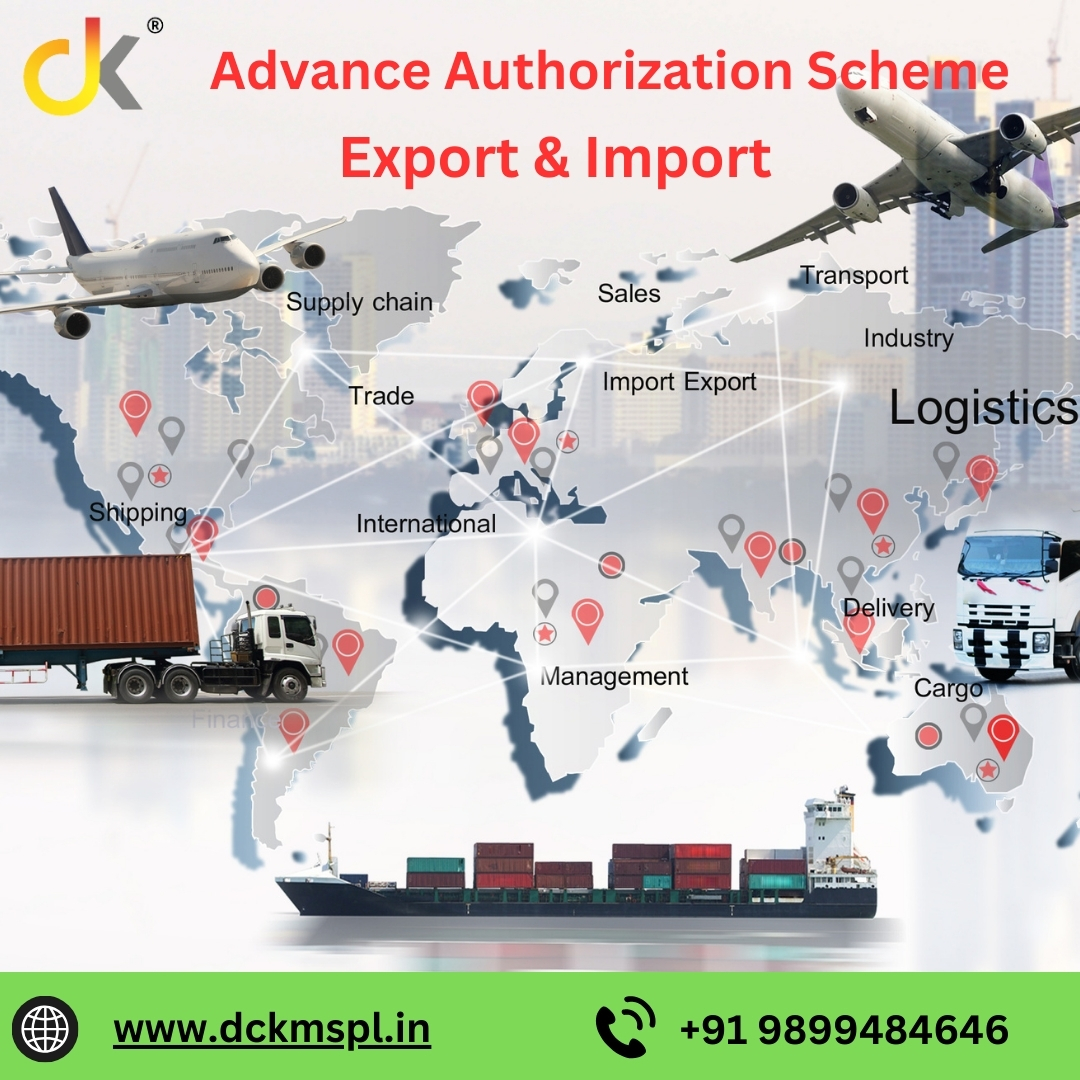India’s foreign trade policy has been instrumental in promoting exports and boosting the country’s economy. To incentivize exports and attract foreign investments, the government has implemented various schemes and policies. Two prominent schemes in this regard are the Advance Authorization Scheme (AAS) and the Export Promotion Capital Goods (EPCG) Scheme. This article delves into the key aspects of these schemes, their similarities, differences, and how they contribute to India’s export-oriented growth.
Understanding the Advance Authorization Scheme (AAS)
The AAS is a trade facilitation scheme designed to promote exports by allowing duty-free import of inputs required for the manufacture of export products. Under this scheme, exporters can obtain an authorization to import inputs without paying customs duty on them. The imported inputs must be physically incorporated into the export products.
Key features of the AAS:
- Duty-free import: Exporters are exempt from paying customs duty on inputs imported under the AAS.
- Export obligation: The exporter is required to fulfill a specific export obligation within a specified period.
- Input norms: The quantity of inputs allowed for a given product is based on specific norms defined by the government.
- Flexibility: The Advance Authorization Scheme offers flexibility in terms of the types of inputs that can be imported and the export products that can be manufactured.
Understanding the Export Promotion Capital Goods (EPCG) Scheme
The EPCG Scheme is aimed at promoting exports by providing incentives for the import of capital goods required for export production. Under this scheme, exporters can import capital goods at concessional rates of customs duty. In return, they are required to fulfill a specified export obligation within a given period.
Key features of the EPCG Scheme:
- Concessional customs duty: Exporters can import capital goods at reduced rates of customs duty.
- Export obligation: The exporter is required to fulfill a specified export obligation within a given period.
- Capital goods: The scheme covers a wide range of capital goods, including machinery, equipment, and technology.
- Multiple options: The EPCG Scheme offers various options, including zero-duty imports and concessional duty imports.
Similarities Between AAS and EPCG
- Export promotion: Both schemes are designed to promote exports by providing incentives to exporters.
- Duty benefits: Both schemes offer duty benefits, either through duty-free imports or concessional customs duty.
- Export obligation: Both schemes require exporters to fulfill a specified export obligation.
- Government support: Both schemes are supported by the government and administered by the Directorate General of Foreign Trade (DGFT).
Differences Between AAS and EPCG
| Feature | AAS | EPCG |
|---|---|---|
| Purpose | Duty-free import of inputs for export products | Concessional import of capital goods for export production |
| Inputs | Inputs physically incorporated in export products | Capital goods used in export production |
| Duty benefits | Duty-free import | Concessional customs duty |
| Export obligation | Based on value of inputs | Based on value of capital goods |
Role of AAS and EPCG in India’s Export Growth
Both the AAS and EPCG schemes have played a crucial role in promoting India’s exports. By providing incentives for exporters, these schemes have encouraged investment in export-oriented industries, enhanced competitiveness, and facilitated the entry of Indian products into global markets.
Key benefits of AAS and EPCG:
- Increased exports: These schemes have led to a significant increase in India’s exports.
- Job creation: The growth in exports has created numerous jobs in various sectors.
- Technological advancement: The EPCG Scheme has encouraged the adoption of advanced technology in Indian industries.
- Foreign exchange earnings: The increased exports have generated valuable foreign exchange for India.
Conclusion
The Advance Authorization Scheme and the Export Promotion Capital Goods Scheme are two important tools that the Indian government has employed to promote exports and boost the economy. These schemes offer various benefits to exporters, including duty benefits and export incentives. By understanding the key features and differences between these schemes, exporters can make informed decisions and leverage them to enhance their export performance.




